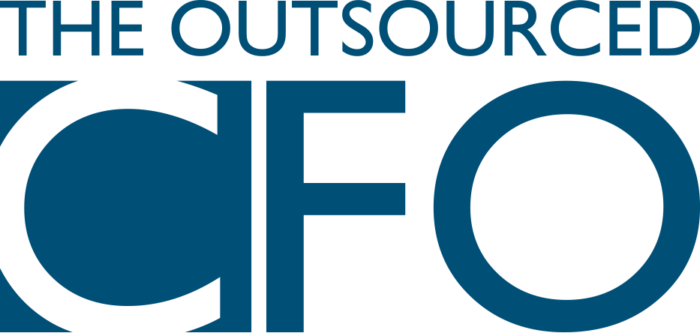When you are in a professional services business you only have one thing to sell and that’s your time. Whether that’s your own time, your staff or time you have equipment being used you need to know on a day to day basis that you are making a return on your business investment. Not only that, you need to manages cashflow so you can make payroll and cover other expenses.
In this professional services environment there are 3 metrics which I believe are key to enabling you to achieve this. They are utilisation, billing and time write offs. There are a few other metrics you would keep an eye on, but I believe that a professional services business can be defined in these terms. Here is why and how you would accomplish this.
Your business would need to have a time recording system of some description and your staff and yourself would need to complete daily/weekly/monthly timesheets. You would also need a time/billing’s ledger to record time spent by staff on each customer. On your timesheets you would record time spent against each customer and this would appear on the ledger. There would be a charge rate applied to the time and the dollar value of total time is the value of your work-in-progress or WIP.
The Charge rate, most commonly hourly, is calculated based on staff pay rate plus super, payroll tax, leave allowances and any other staff related costs plus you profit margin. The point to remember here is that all your Business costs and profit can only be derived from the time the staff are there which is more like 44 weeks a year than the 52 weeks that are in a year. Put differently, the time your staff are there needs to pay for the time they are not.
With this system in place we can move on to the metrics. I define these as follows:
Utilisation – The measure of Utilisation is the percentage of time spent by a staff member that is charged to a customer. As an example, in an 8 hour day, if 7.2 hours was charged to customers, the utilisation would be 90%. This can be monitored on a daily/weekly /monthly basis depending on how often timesheets are completed.
Billings – the actual bills or invoices you raise to a customer. This would be based on the WIP balances on the ledger, but would also require an assessment or work done. There will be circumstance where we could bill more and some where we can not bill all the time on the WIP ledger.
Write offs – after you have billed all the WIP time charged to a customer, the time remaining that cannot be billed should be written off the ledger, bringing the WIP ledger back to a Nil balance.
The power of these keys metrics and how they interact can be explained with the following example.
Sally works in a professional service firm and is required to do weekly timesheets. For the past 3 months she has completed her timesheet and charged 65% of her time to the WIP ledger. She has billed all the time she can to her customer and all the time has been billed with no time written off.
John works in the same firm and for the past 3 months has charged 95% of his time to the WIP ledger. John has also completed all his billings but is unable to bill all of the time on the WIP ledger and has to write off 10% of his time.
The business has set a target of 80% utilisation and zero write offs which is the point where costs are recovered and targeted profit is achieved. This would be derived from a budget or forecast. Each week John and Sally submit their timesheets. On reviewing their timesheets, their Manager is very complimentary of John but raises concerns with Sally about her low utilisation. At the end of the month when the WIP is reviewed their Manager is complimentary of Sally for billing all her time but raises concerns with John over his write offs.
The measures play off against each other – the more time you charge to the ledger the more challenging it is to bill, and increases the likelihood of time write offs. Being able to bill all the time you spend is the goal. Getting a realistic job cost is imperative to know how to price your work, so getting the balance right with these measures, and having staff objectives aligned to them is a powerful tool.
As a business owner you have set the bar at 80% utilisation with no write offs through the charge rates you have set. At that point you will be able to fund cashflow and make the return or profit you desire. Any variation from that will mean higher or lower returns and may present risks with cashflow. In the two examples you have the tools to monitor that position on a daily/weekly/monthly basis and not wait till you get your Profit and Loss account for the month to find out when it’s too late.
In the example, Sally’s utilisation and ultimately lowered total billing’s even though there are no write offs potentially means you have cut your margin – 15% below target could represent all your profit so you are just recovering costs. With John, even though he is writing of 10% of his time, he would still be billing more than 80% of his time (95% utilisation less 10% write off) so from a business perspective it is probably ok. The important thing is you have the information to know how each are performing and you can apply your own judgement as to what is acceptable and what is not.
Having business metrics to measure business performance regularly is like having a speedometer on your car. These are metrics which are well established in successful professional services firms and work well together to provide that surety around performance and cashflow.
ABOUT BRIAN DOUGHTY
Brian Doughty is founder of the outsourced CFO which is a part time CFO service for small to medium sized businesses. Brian’s experience in large corporates and small business is unique and has enabled him to develop a simple to understand set of tools which will help business owners engage staff, monitor performance and achieve their goals. For more information, visit www.theoutsourcedcfo.com.au.

